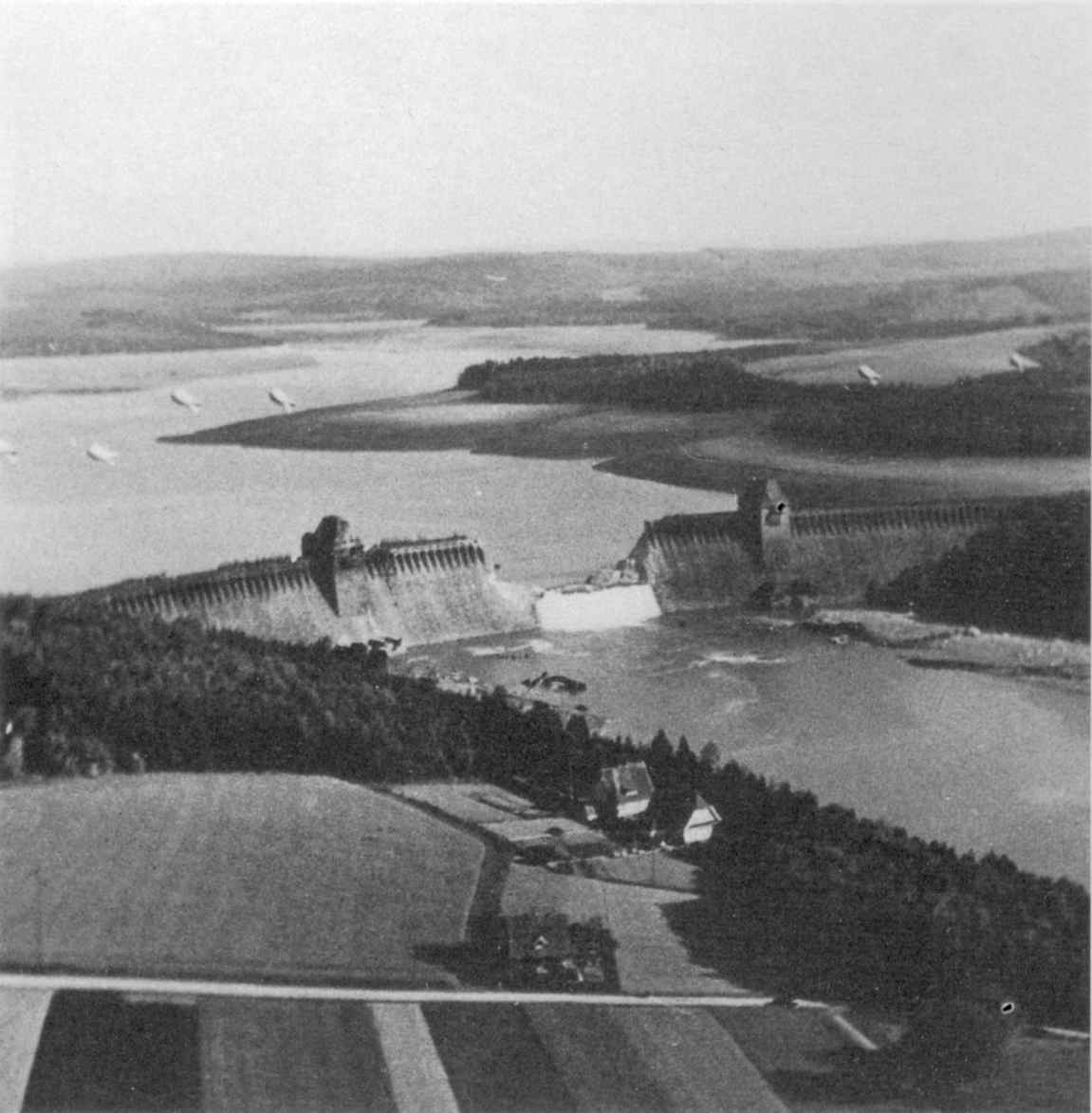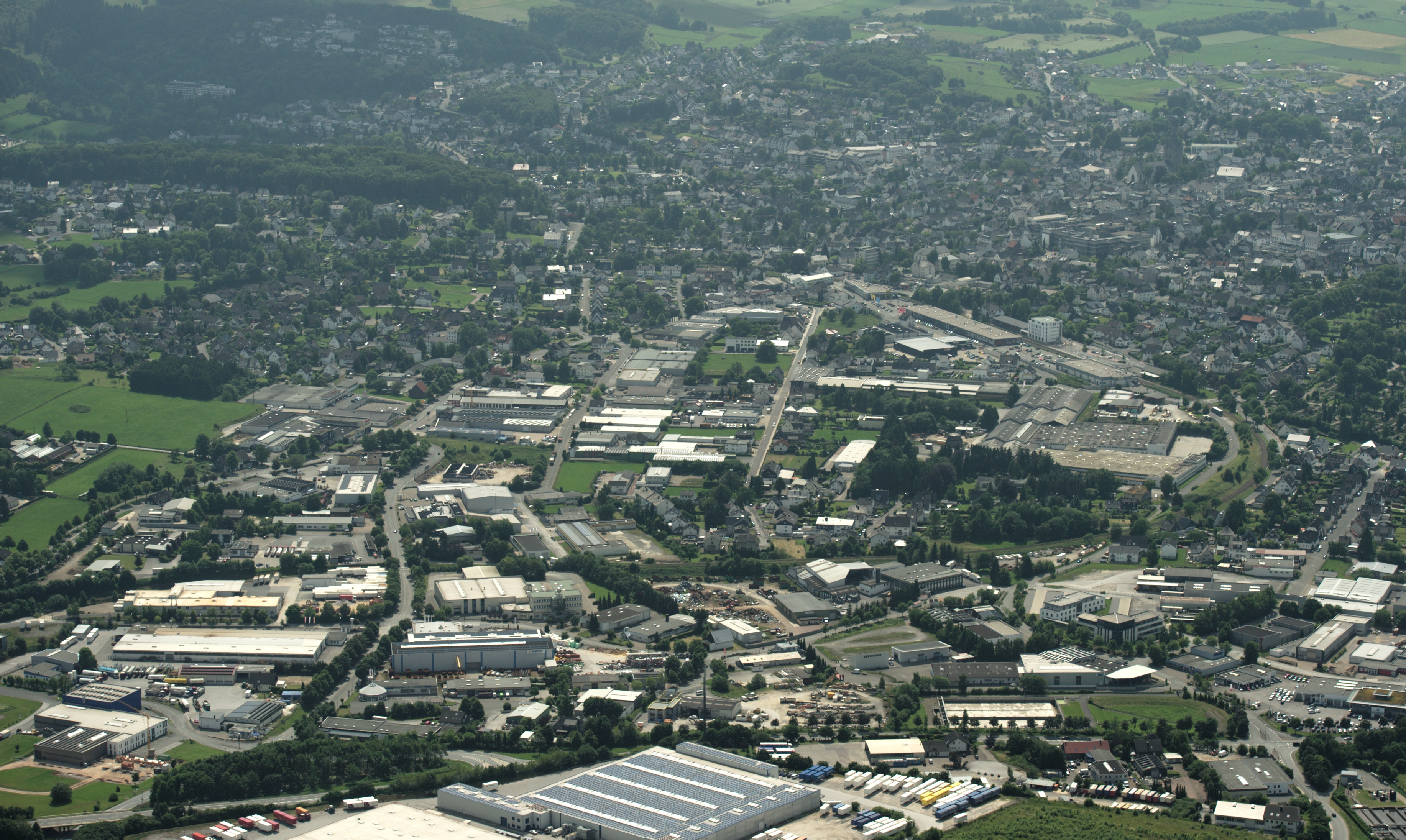|
Möhne
The Möhne () is a river in North Rhine-Westphalia, Germany. It is a right tributary of the Ruhr. The Möhne passes the towns of Brilon, Rüthen Rüthen () is a town in the district of Soest, in North Rhine-Westphalia, Germany. Geography Rüthen is situated at the northeastern border of the natural preserve Arnsberger Wald between the Haarstrang and the valley of the river Möhne, app ... and Warstein. There is a large artificial lake near the mouth of the river, the Möhne Reservoir, used for hydro power generation and leisure activities. File:Moehne_bei_Muelheim_I.jpg, The Möhne near Warstein-Mülheim File:Moehne_bei_Muelheim_II.jpg, The Möhne near Warstein-Mülheim References External links * Rivers of North Rhine-Westphalia Rivers of Germany {{NorthRhineWestphalia-river-stub ... [...More Info...] [...Related Items...] OR: [Wikipedia] [Google] [Baidu] |
Möhne Reservoir
The Möhne Reservoir, or Moehne Reservoir, is an artificial lake in North Rhine-Westphalia, some 45 km east of Dortmund, Germany. The lake is formed by the damming of two rivers, Möhne and Heve, and with its four basins stores as much as 135 million cubic metres of water. History Construction and inauguration In 1904, calculations about the future demand for water for people and industry in the growing Ruhr-area determined that the existing storage volume of 32.4 million m³ in dams of the Ruhr river system needed tripling. Thus, on 28 November 1904, the general assembly of the ''Ruhrtalsperreverein'' decided to construct additional dams. During 1908 to 1912 they built the Möhnetalsperre at a cost of 23.5 million marks. When opened, the dam was the largest dam in Europe. 140 homesteads with 700 people had to move. It was built to help control floods, regulate water levels on the Ruhr (river), Ruhr river downstream, and generate hydropower. Today, the lake is also a ... [...More Info...] [...Related Items...] OR: [Wikipedia] [Google] [Baidu] |
Möhne Basin
The Möhne () is a river in North Rhine-Westphalia, Germany. It is a right tributary of the Ruhr. The Möhne passes the towns of Brilon, Rüthen and Warstein. There is a large artificial lake near the mouth of the river, the Möhne Reservoir, used for hydro power generation and leisure activities. File:Moehne_bei_Muelheim_I.jpg, The Möhne near Warstein-Mülheim File:Moehne_bei_Muelheim_II.jpg, The Möhne near Warstein Warstein () is a municipality with town status in the district of Soest, in North Rhine-Westphalia, Germany. It is located at the north end of Sauerland. Geography Warstein is located north of the Arnsberger Wald (forest), at a brook called Wä ...-Mülheim References External links * Rivers of North Rhine-Westphalia Rivers of Germany {{NorthRhineWestphalia-river-stub ... [...More Info...] [...Related Items...] OR: [Wikipedia] [Google] [Baidu] |
Sauerland
The Sauerland () is a rural, hilly area spreading across most of the south-eastern part of the States of Germany, German federal state of North Rhine-Westphalia, in parts heavily forested and, apart from the major valleys, sparsely inhabited. The Sauerland is the largest tourist region in North Rhine-Westphalia, in particular for mountain biking and cycling, water sports and scenic recreation. The town and Skiliftkarussell Winterberg, Skiliftkarussell of Winterberg in the Hochsauerlandkreis is a major winter sport resort. Etymology The name ''Sauerland'' is first mentioned as ''Suderland'' in an official document from 1266. After 1400 the letter 'd' started to disappear. Therefore, Sauerland = ''southern country'' is the most convincing meaning, opposed to the theory that Sauer is from the German language, German word ''sauer'' meaning ''sour'' (poor "sour" soil). Linguistically, "suder-“ is similar to the Old Saxon ''sûðar'' (southbound). History Before 1800 the wester ... [...More Info...] [...Related Items...] OR: [Wikipedia] [Google] [Baidu] |
Ruhr (river)
__NOTOC__ The Ruhr () is a river in western Germany (North Rhine-Westphalia), a right tributary (east-side) of the Rhine. Description and history The source of the Ruhr is near the town of Winterberg in the mountainous Sauerland region, at an elevation of approximately . It flows into the lower Rhine at an elevation of only in the municipal area of Duisburg. Its total length is , its average discharge is at Mülheim near its mouth. Thus, its discharge is, for example, comparable to that of the river Ems in Northern Germany or the River Thames in the United Kingdom. The Ruhr first passes the towns of Meschede, Arnsberg, Wickede, Fröndenberg, Holzwickede, Iserlohn, and Schwerte. Then the river marks the southern limit of the Ruhr area, passing Hagen, Dortmund, Herdecke, Wetter, Witten, Bochum, Hattingen, Essen, Mülheim, and Duisburg. The Ruhr area was Germany's primary industrial area during the early- to mid-20th century. Most factories were located there. The oc ... [...More Info...] [...Related Items...] OR: [Wikipedia] [Google] [Baidu] |
Warstein
Warstein () is a municipality with town status in the district of Soest, in North Rhine-Westphalia, Germany. It is located at the north end of Sauerland. Geography Warstein is located north of the Arnsberger Wald (forest), at a brook called Wäster. The area south of the city is mostly forested; the lightly forested Haarstrang mountain is to the north. The river Möhne flows between these two areas. The highest elevation is in the south of the city near a hill called Stimm Stamm; the lowest elevation is in the village Waldhausen in the north. Neighbouring municipalities The following municipalities, some with town status, border Warstein (clockwise, beginning in the north): Anröchte, Rüthen (town), Bestwig, Meschede (town), Arnsberg (town), Möhnesee, Bad Sassendorf. Of these, Bestwig and Meschede are in the district of Hochsauerlandkreis, on Warstein's (and, thus, Soest district's) southern border. Subdivisions While named for the main settled portion within its total ar ... [...More Info...] [...Related Items...] OR: [Wikipedia] [Google] [Baidu] |
Brilon
Brilon (; ) is a town in North Rhine-Westphalia, Germany, which belongs to the Hochsauerlandkreis. Geography Brilon is on the Brilon Heights, at an altitude of about 450m, and the upper reaches of the river Möhne. The town lies between the Arnsberg Forest nature reserve to the west and the Lake Diemel nature reserve and the Hoppecke to the south-east. Neighboring municipalities Division of the town After the local government reforms of 1975 Brilon consists of 17 districts: * Alme (1.273 inhabitants) * Altenbüren (1.453 inhabitants) * Bontkirchen (553 inhabitants) * Brilon Town (14.513 inhabitants) * Brilon-Wald (595 inhabitants) * Esshoff (80 inhabitants) * Gudenhagen/Petersborn (1.273 inhabitants) * Hoppecke (1.330 inhabitants) * Madfeld (1.395 inhabitants) * Messinghausen (898 inhabitants) * Nehden (503 inhabitants) * Radlinghausen (129 inhabitants) * Rixen (143 inhabitants) * Rösenbeck (858 inhabitants) * Scharfenberg (1.533 inhabitants) * Thülen (1.088 inhabitants ... [...More Info...] [...Related Items...] OR: [Wikipedia] [Google] [Baidu] |
Rüthen
Rüthen () is a town in the district of Soest, in North Rhine-Westphalia, Germany. Geography Rüthen is situated at the northeastern border of the natural preserve Arnsberger Wald between the Haarstrang and the valley of the river Möhne, approx. 20 km south of Lippstadt and south-west of Paderborn. The highest point is the Wehberg with a height of , the lowest point the valley of the river Pöppelsche at . With an area of more than it is the largest town within the district of Soest. Neighbouring municipalities Division of the town Today Rüthen is the commune largest in area in the district of Soest with an area of . After the local government reforms of 1975 Rüthen consists of the following 15 districts: * Rüthen (5,360 inhabitants) * Altenrüthen (550 inhabitants) * Drewer (780 inhabitants) * Hemmern (170 inhabitants) * Hoinkhausen (170 inhabitants) * Kallenhardt (1,810 inhabitants) * Kellinghausen (90 inhabitants) * Kneblinghausen (310 inhabitants) * Langens ... [...More Info...] [...Related Items...] OR: [Wikipedia] [Google] [Baidu] |
Germany
Germany, officially the Federal Republic of Germany, is a country in Central Europe. It lies between the Baltic Sea and the North Sea to the north and the Alps to the south. Its sixteen States of Germany, constituent states have a total population of over 84 million in an area of , making it the most populous member state of the European Union. It borders Denmark to the north, Poland and the Czech Republic to the east, Austria and Switzerland to the south, and France, Luxembourg, Belgium, and the Netherlands to the west. The Capital of Germany, nation's capital and List of cities in Germany by population, most populous city is Berlin and its main financial centre is Frankfurt; the largest urban area is the Ruhr. Settlement in the territory of modern Germany began in the Lower Paleolithic, with various tribes inhabiting it from the Neolithic onward, chiefly the Celts. Various Germanic peoples, Germanic tribes have inhabited the northern parts of modern Germany since classical ... [...More Info...] [...Related Items...] OR: [Wikipedia] [Google] [Baidu] |
North Rhine-Westphalia
North Rhine-Westphalia or North-Rhine/Westphalia, commonly shortened to NRW, is a States of Germany, state () in Old states of Germany, Western Germany. With more than 18 million inhabitants, it is the List of German states by population, most populous state in Germany. Apart from the city-states (Berlin, Hamburg and Bremen), it is also the List of German states by population density, most densely populated state in Germany. Covering an area of , it is the List of German states by area, fourth-largest German state by size. North Rhine-Westphalia features 30 of the 81 German municipalities with over 100,000 inhabitants, including Cologne (over 1 million), the state capital Düsseldorf (630,000), Dortmund and Essen (about 590,000 inhabitants each) and other cities predominantly located in the Rhine-Ruhr metropolitan area, the largest urban area in Germany and the fourth-largest on the European continent. The location of the Rhine-Ruhr at the heart of the European Blue Banana make ... [...More Info...] [...Related Items...] OR: [Wikipedia] [Google] [Baidu] |
Rivers Of North Rhine-Westphalia
A river is a natural stream of fresh water that flows on land or inside Subterranean river, caves towards another body of water at a lower elevation, such as an ocean, lake, or another river. A river may run dry before reaching the end of its course if it runs out of water, or only flow during certain seasons. Rivers are regulated by the water cycle, the processes by which water moves around the Earth. Water first enters rivers through precipitation, whether from rainfall, the Runoff (hydrology), runoff of water down a slope, the melting of glaciers or snow, or seepage from aquifers beneath the surface of the Earth. Rivers flow in channeled watercourses and merge in confluences to form drainage basins, or catchments, areas where surface water eventually flows to a common outlet. Rivers have a great effect on the landscape around them. They may regularly overflow their Bank (geography), banks and flood the surrounding area, spreading nutrients to the surrounding area. Sedime ... [...More Info...] [...Related Items...] OR: [Wikipedia] [Google] [Baidu] |




